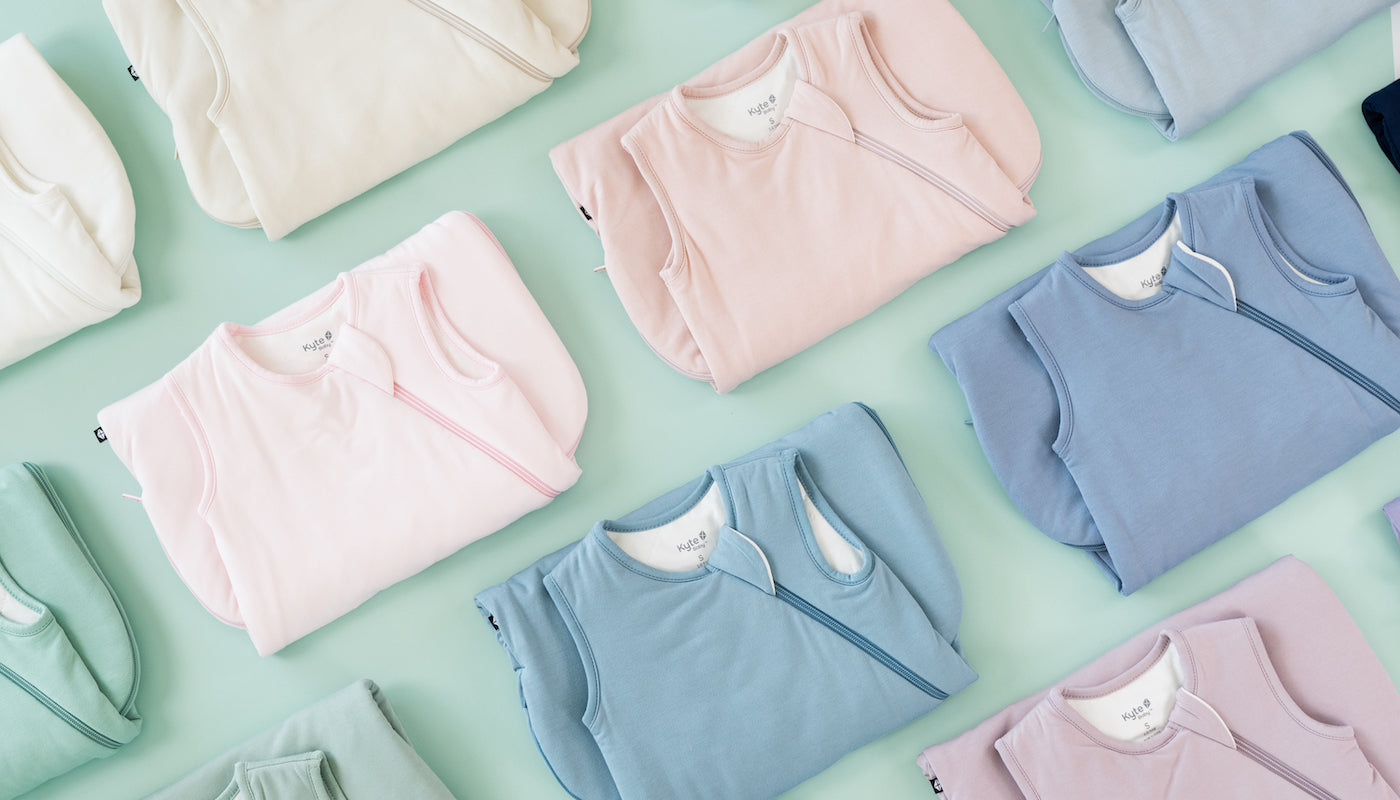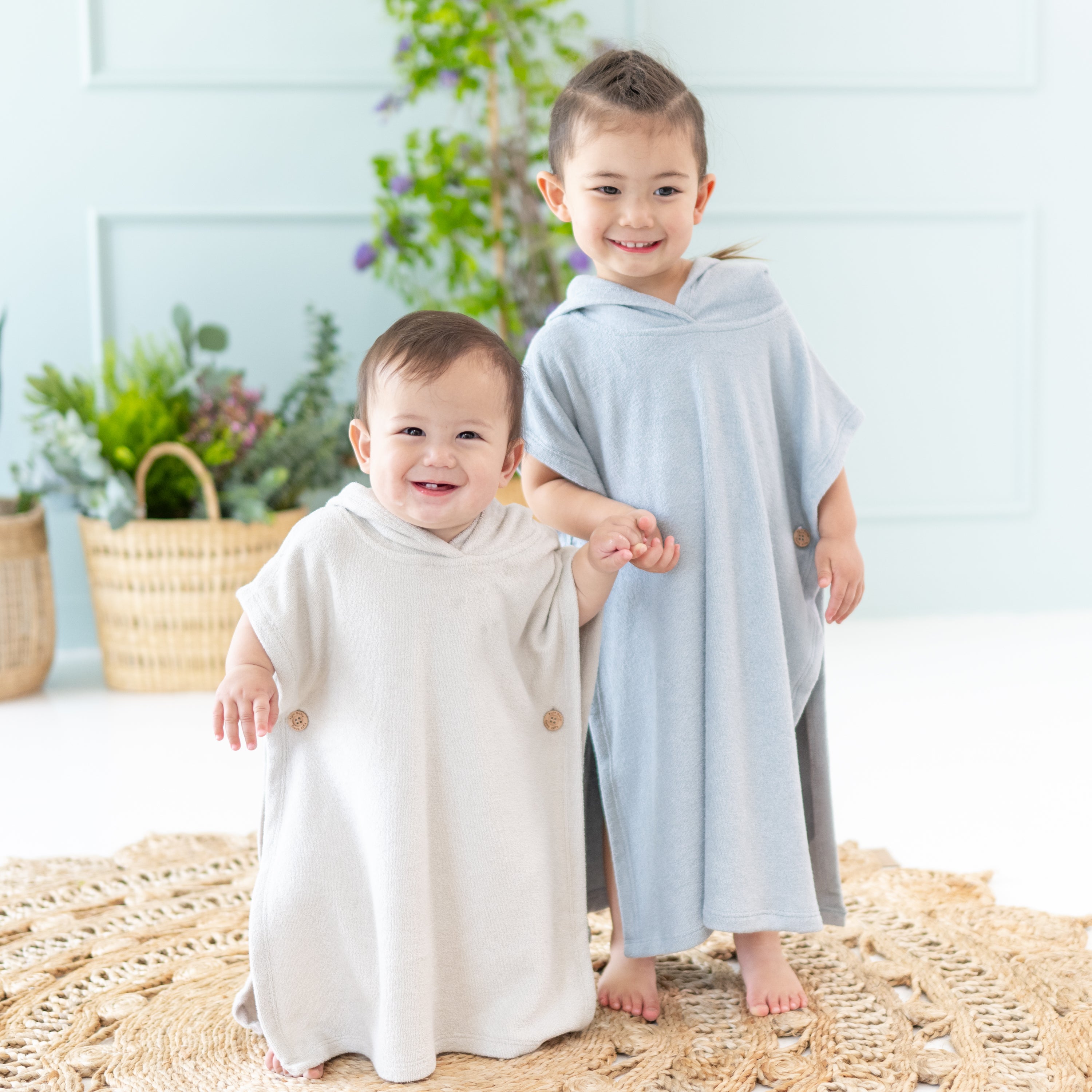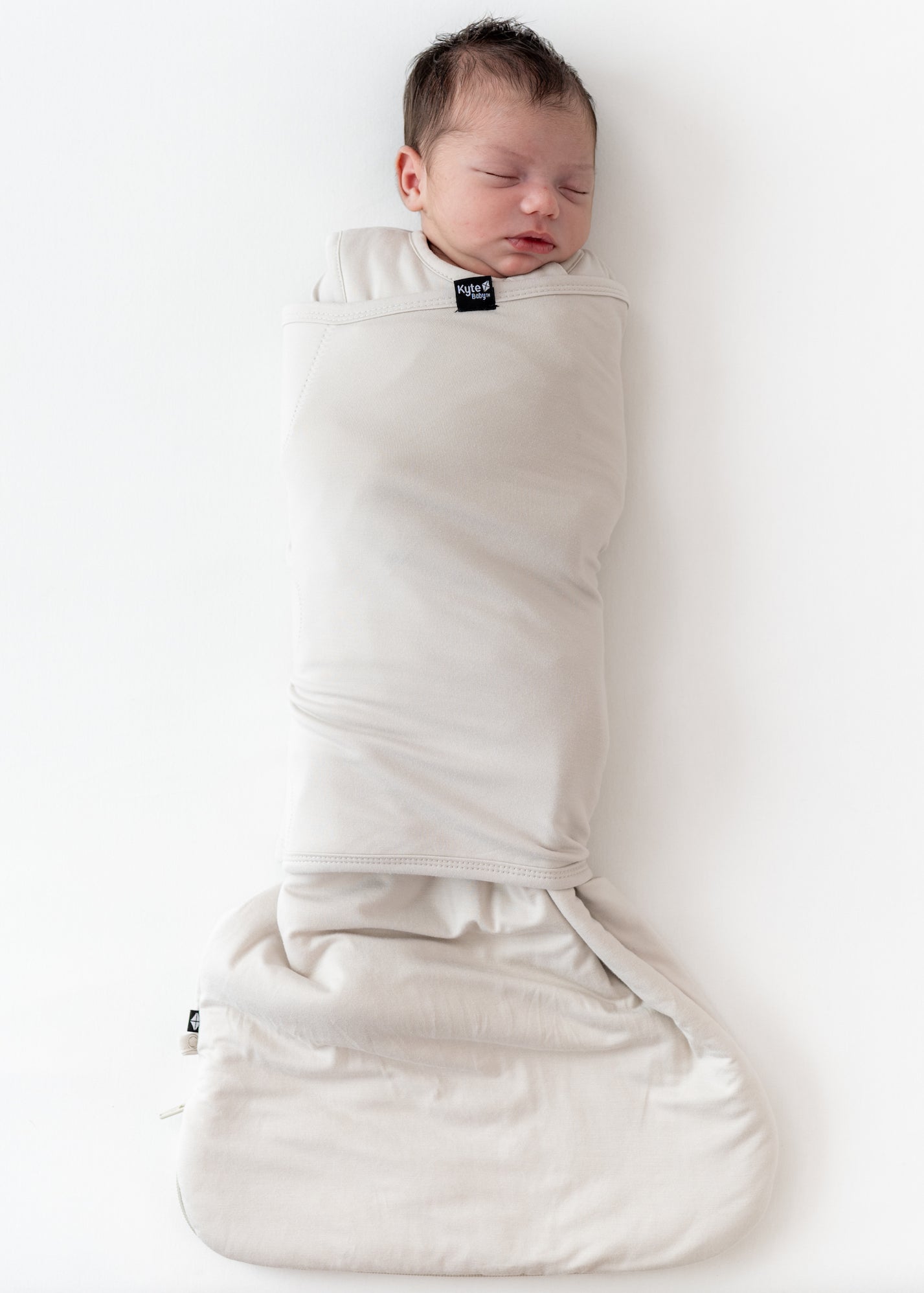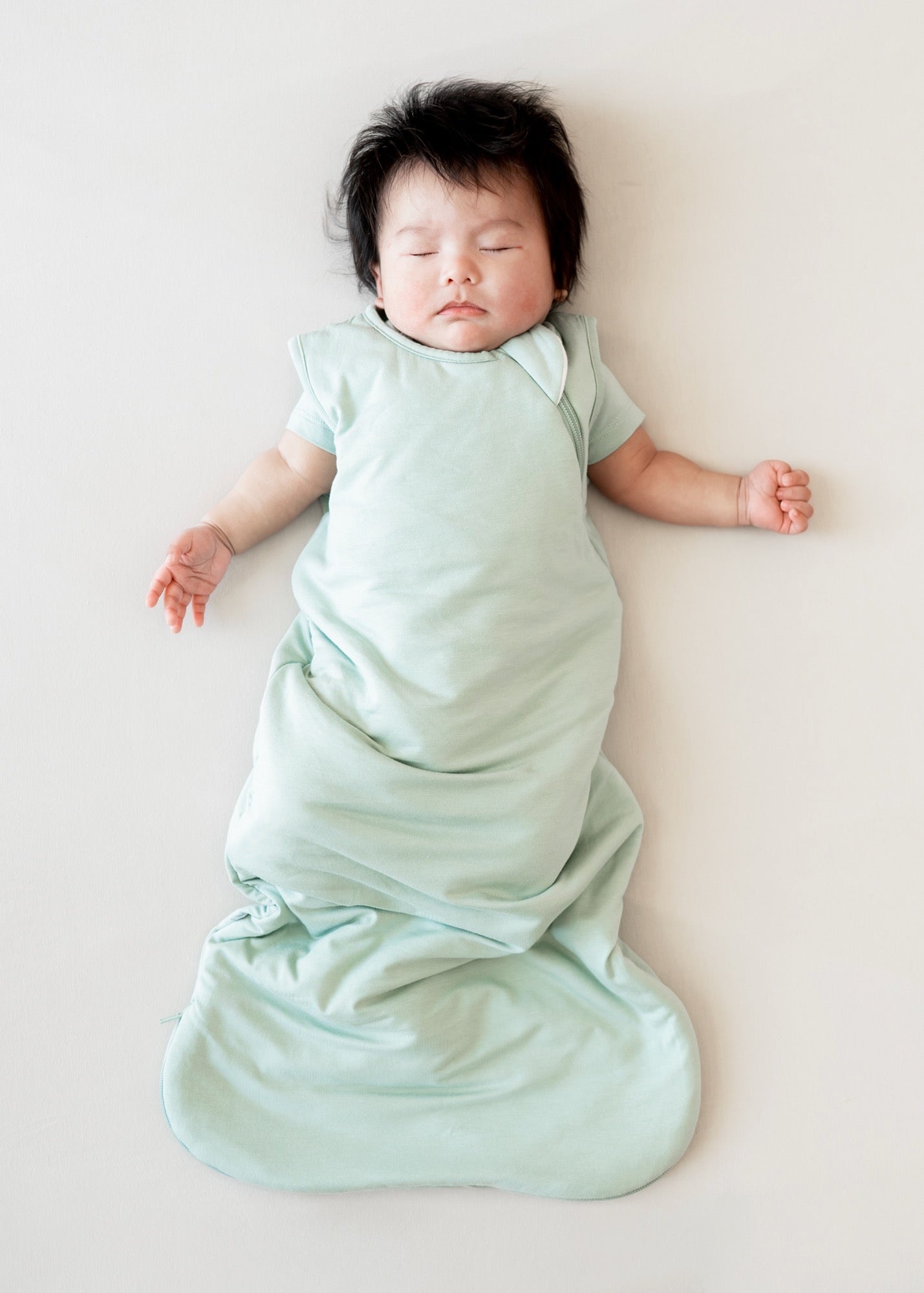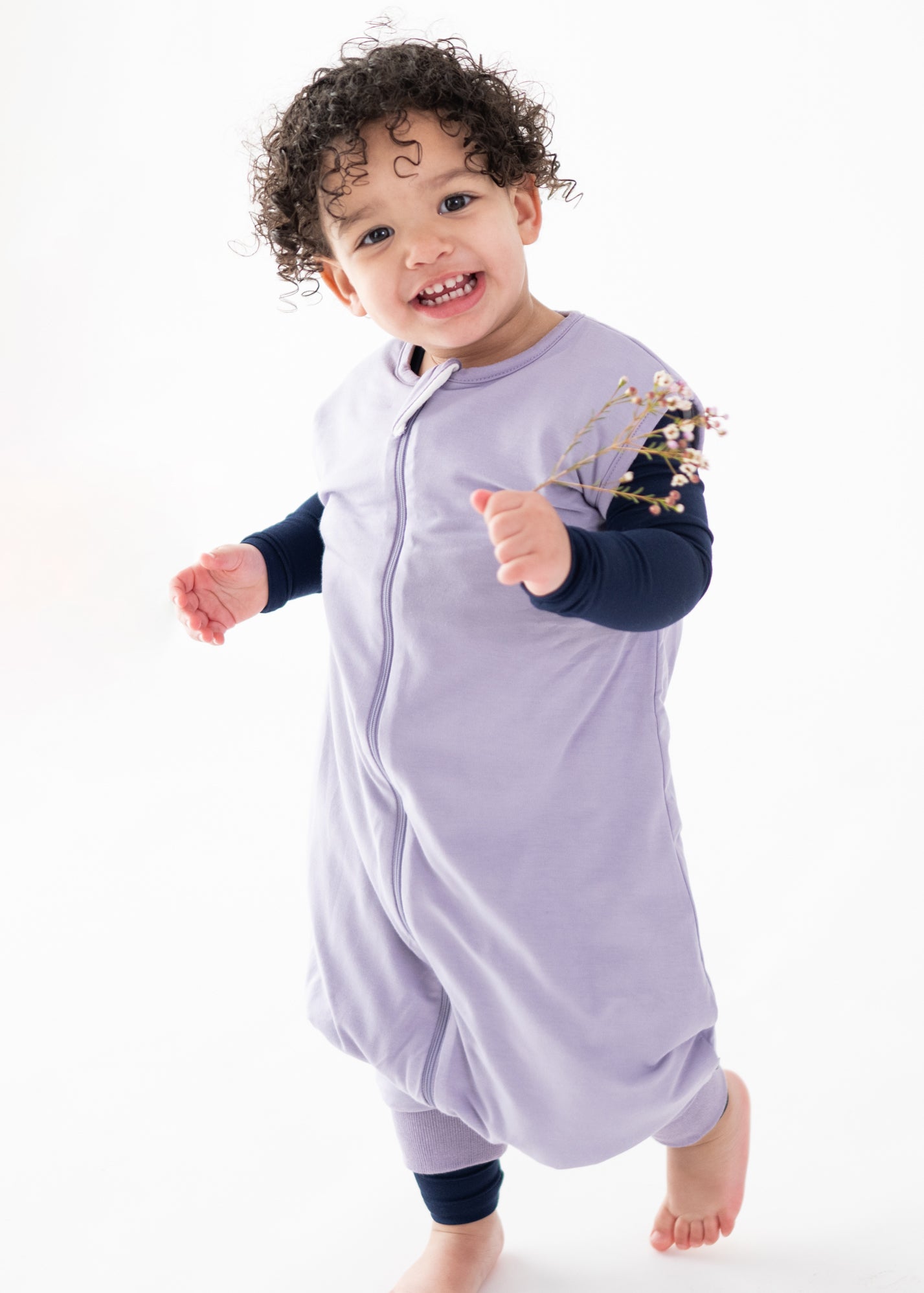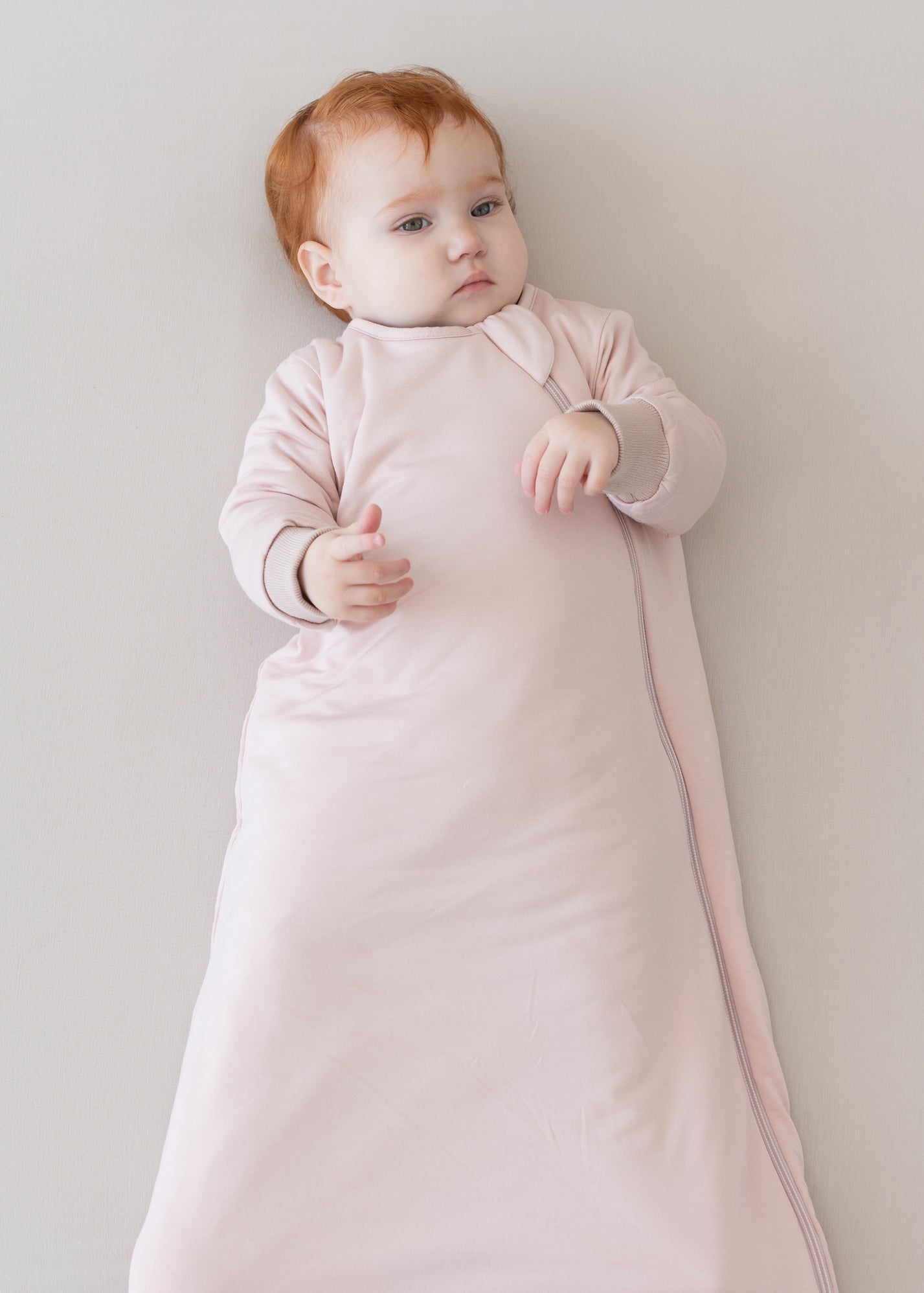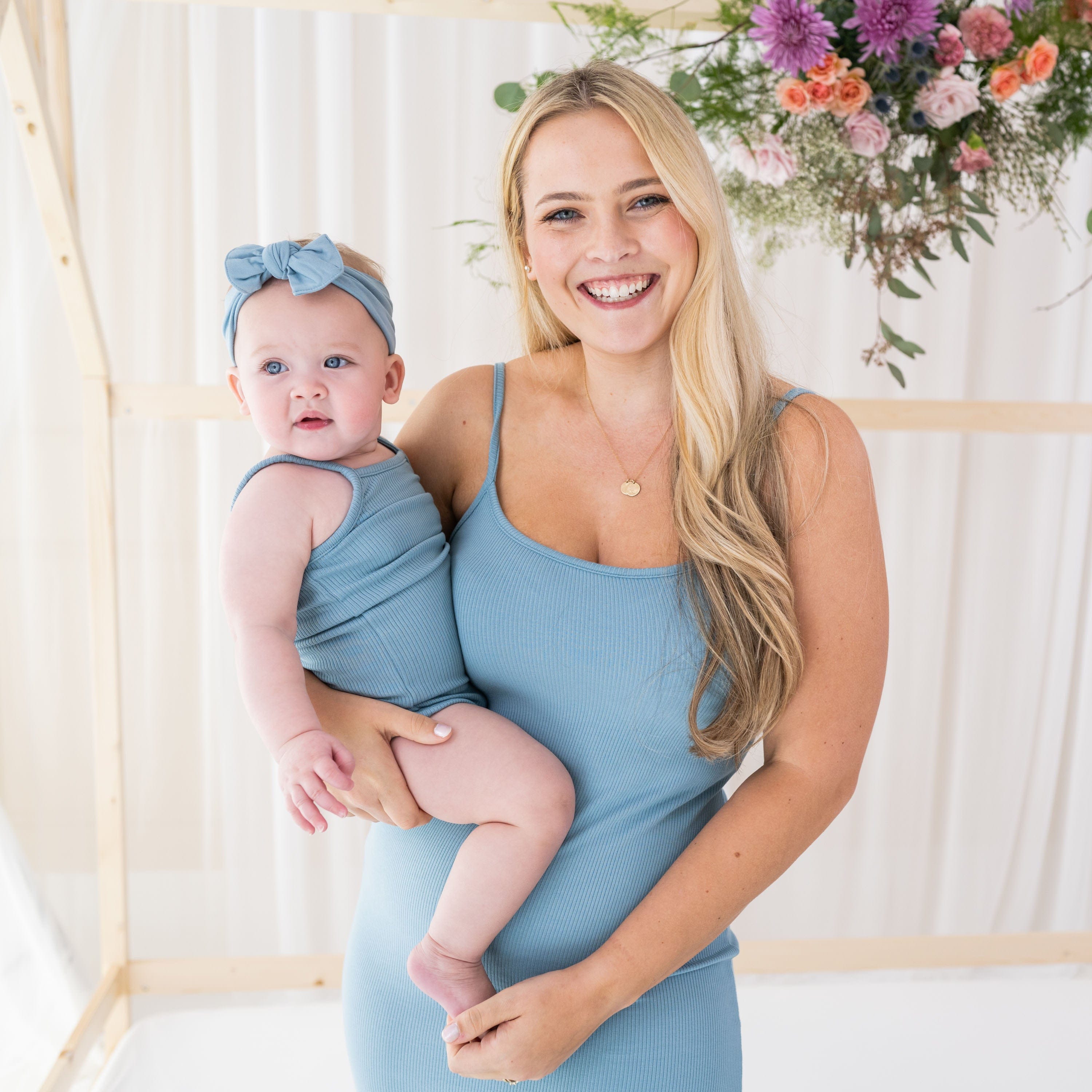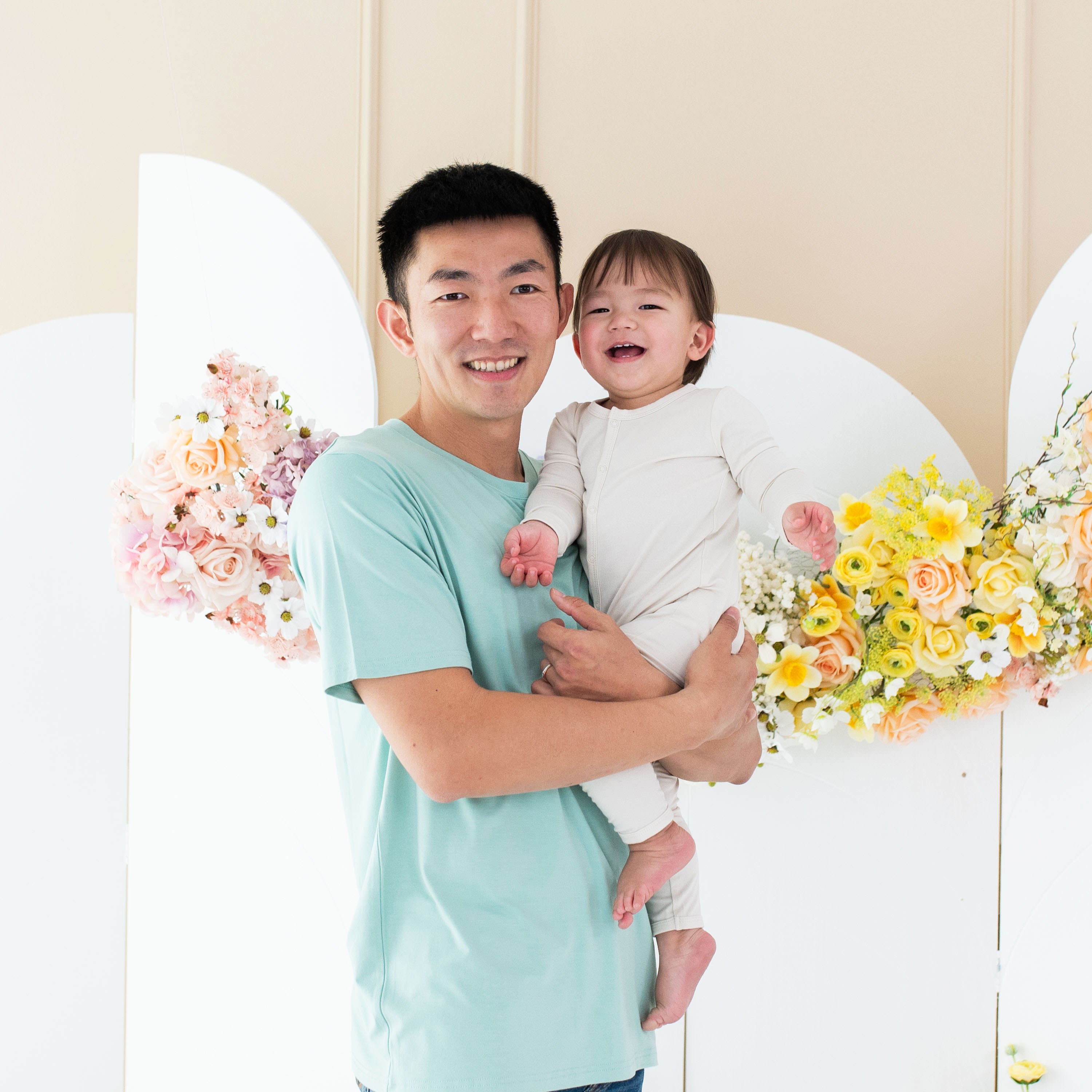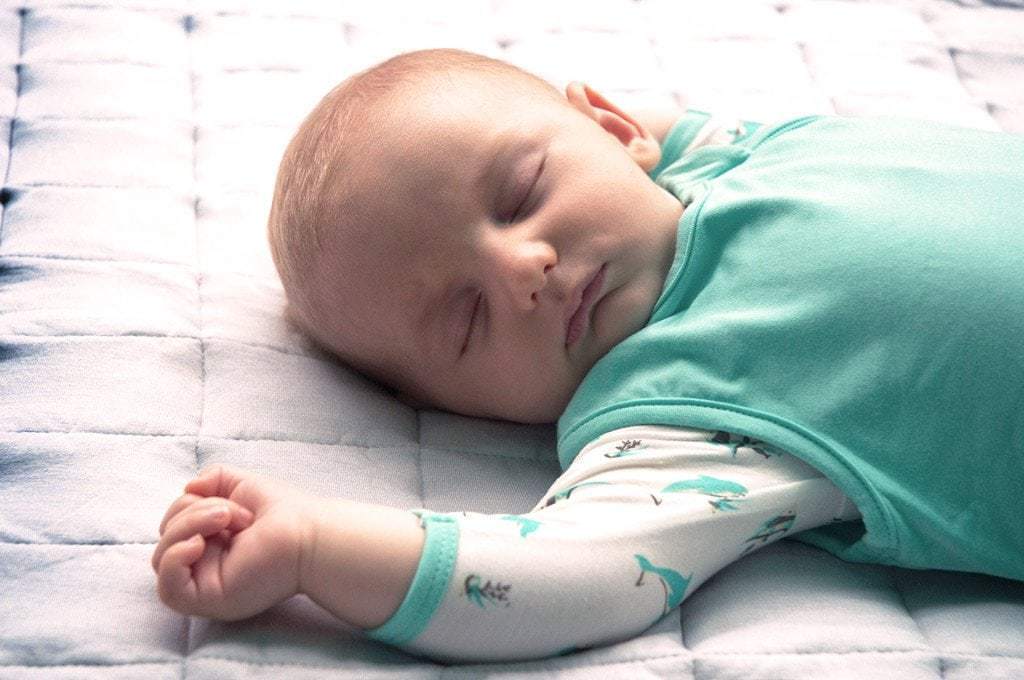Baby sleep bags, or commonly known as “sleep sacks”, are wearable blankets to put babies and toddlers to sleep in. Sleep bags have been recommended by hospitals and health experts as a safer way to put babies to sleep than traditional swaddling or loose blankets. They can’t be kicked off or pushed to the side by a baby flailing while asleep. They also help a baby stay at a safe body temperature. The use of sleep bags has only been popularized in the United States in the last twenty years, but the history of sleep bags is much longer in Europe.
According to bbc.com, women in the Netherlands were given sleep bags in the 1960s as part of the Finnish Maternity Act (established in 1938). It is a pretty great system in which the mother is given a cardboard box at the birth of her baby that is intended for sleeping in, packed with a full layette. Statistics Finland has a great graph that illustrates the rate of SIDS decreasing dramatically after this system was introduced. Soon after, all of Europe began to adopt infant sleep sacks. They offer so many benefits to babies and parents alike, it is a wonder they took so long to get across the pond and into the United States.
Sleep bags branched off from swaddling. Swaddling has been around for hundreds of years. Originating from migrant cultures who used cradleboards, swaddling has been used to keep babies wrapped up snuggly to help them sleep and stay content. Nowadays we know that there can be some drawbacks to swaddling. One risk is developmental hip dysplasia. This happens when a baby is swaddled too tightly and their legs are made too straight. Babies develop with their legs crossed and bent in the womb, this is a more natural position. On the contrary, baby sleep bags allow lots of room on the legs and hips for the developing baby so they are able to bend and cross in a natural way.
Kyte BABY sleep bags have been designed for the ultimate comfort and safety for sleeping babies. Our sleep bags feature a curved and dual zipper design – they are easier to put on and also easy to change diapers in. The roomy closed bag keeps baby’s legs from flailing in the crib and are also roomy enough to allow for healthy hip development. They are sleeveless to allow for temperature regulation. And all Kyte BABY garments are constructed from bamboo rayon, which is silky soft for baby’s delicate skin but also is more breathable than cotton. An added benefit is that bamboo is one of the most versatile and sustainable resources on the planet.
Kyte BABY has a full range of sizes and togs, or thicknesses, in sleep bags. Tog is a rating system that measures warmth and calculates how quickly a fabric uses heat. It is the standard when choosing the appropriate sleep bag for your baby depending on the ambient temperature in their nursery. We are always thinking about how we can improve our versatility: the latest is our new .5 tog sleep bag, which is designed for the summer weather and hotter rooms. There are two layers of our silky soft bamboo rayon, without the filling. Our 1.0 tog sleep bags are designed for all year round comfort and the warmest 2.5 tog is designed for colder seasons or rooms with stronger A/C.
We take sleep safety seriously at Kyte BABY. Our aim is to provide the most comfortable sleep for babies and ease of use for parents.
